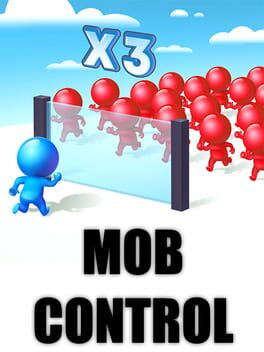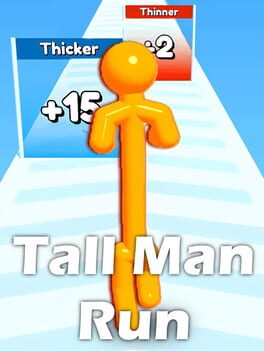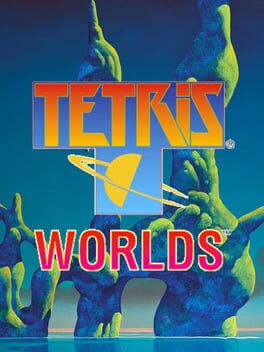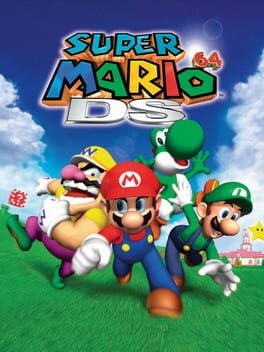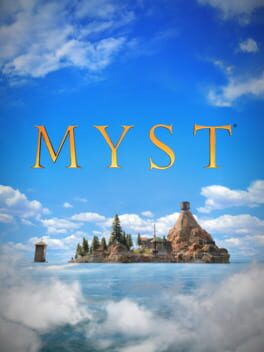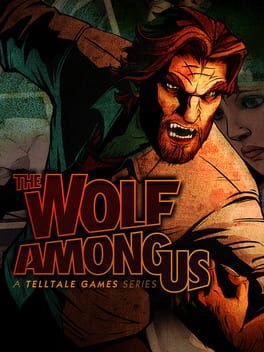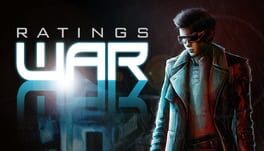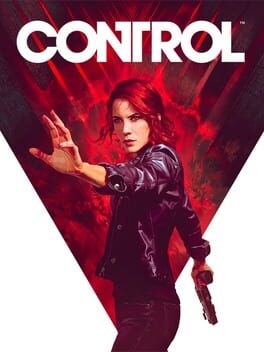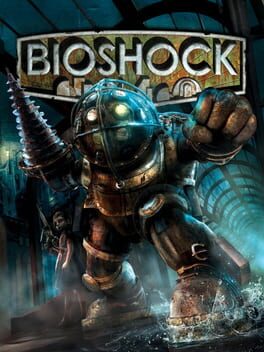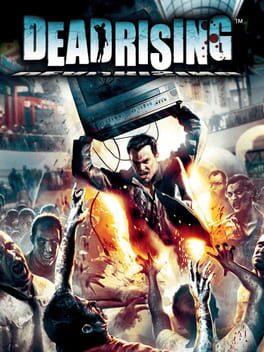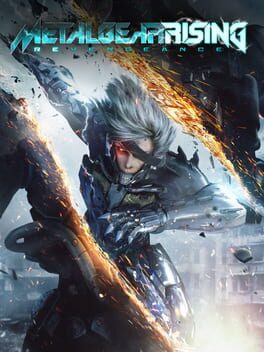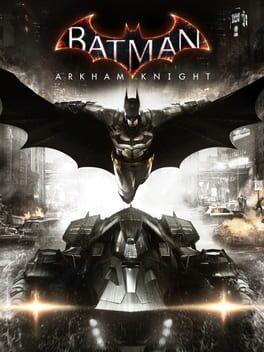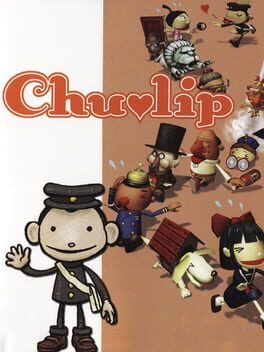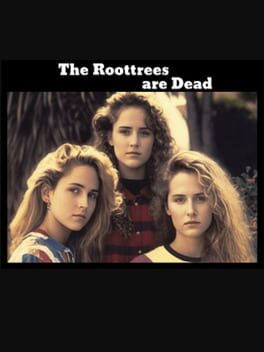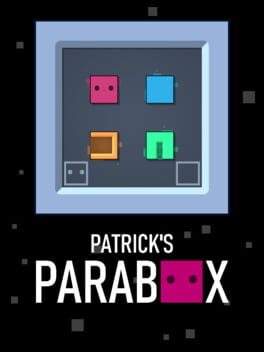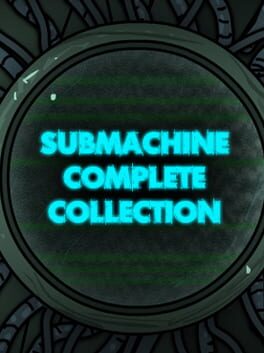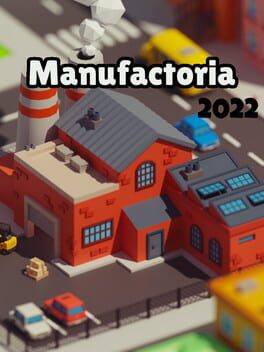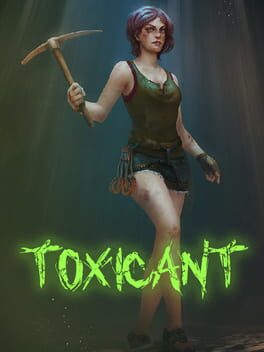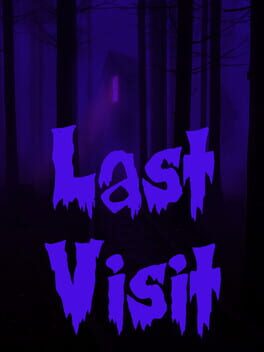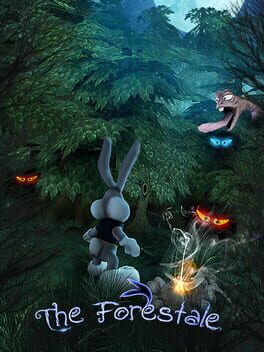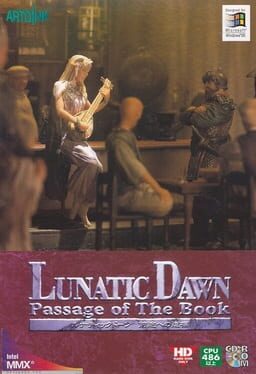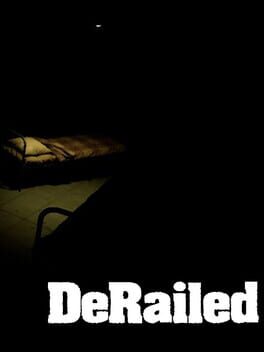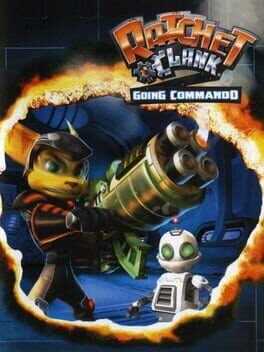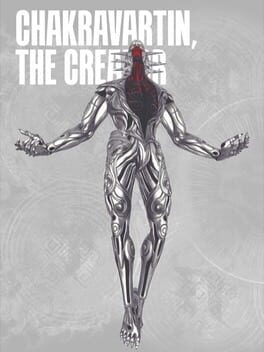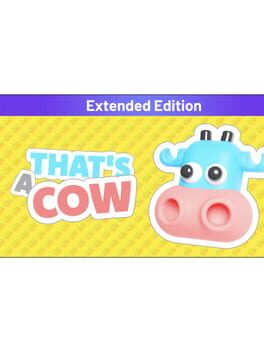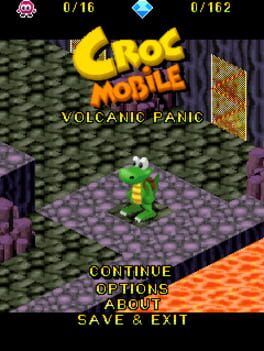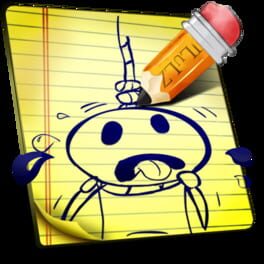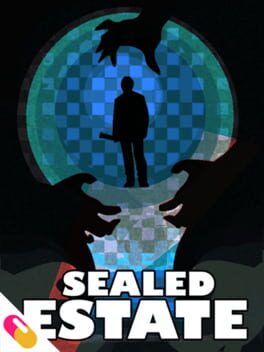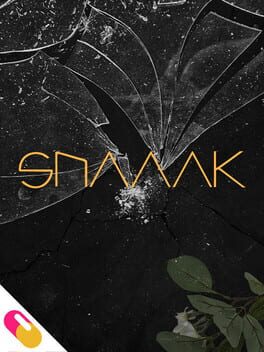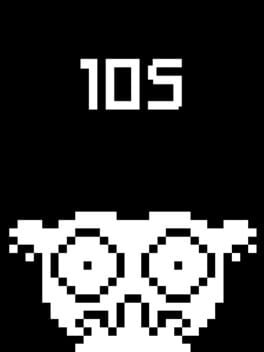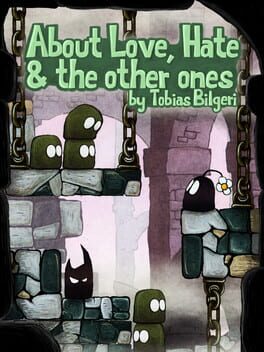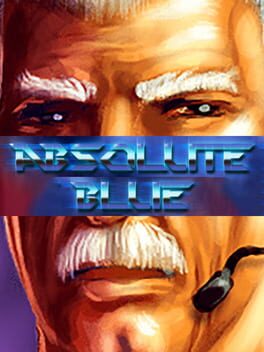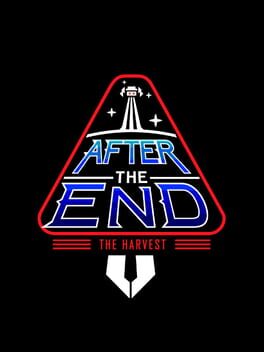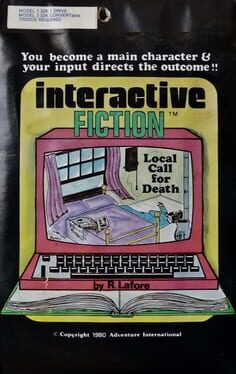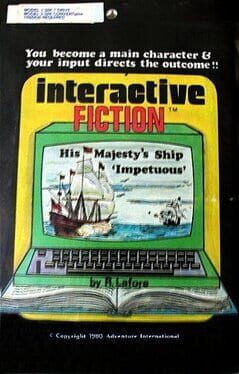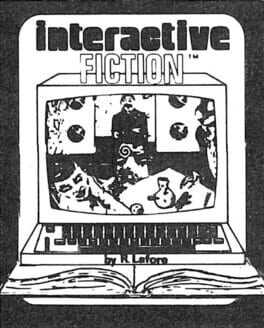tdstr
280 reviews liked by tdstr
it is not that often that i see a game that makes me feel dread.
getting to the last few seconds of the video while Badlands unpredictably burps like crazy is so tense knowing you lose all your progress when you die. like, the way this game remixes both I Wanna Be the Guy and a YouTube video in mod format is pretty ingenious... diegetic burp interactivity + basically perfect giant boss fight + a mixture of a cutscene with skill-based play. where else do you see such a story-focused game (Badlands never stops speaking or chugging bottles of coke zero) be so seamlessly merged with high-stakes gameplay??
there's this hypnotic quality to this game. you memorize the whole video in the first hour of attempts and then you turn into a zombie trying to get good burp RNG and then you burst out laughing when Badlands does that wiggly burp. i lost so many runs to that...,
getting to the last few seconds of the video while Badlands unpredictably burps like crazy is so tense knowing you lose all your progress when you die. like, the way this game remixes both I Wanna Be the Guy and a YouTube video in mod format is pretty ingenious... diegetic burp interactivity + basically perfect giant boss fight + a mixture of a cutscene with skill-based play. where else do you see such a story-focused game (Badlands never stops speaking or chugging bottles of coke zero) be so seamlessly merged with high-stakes gameplay??
there's this hypnotic quality to this game. you memorize the whole video in the first hour of attempts and then you turn into a zombie trying to get good burp RNG and then you burst out laughing when Badlands does that wiggly burp. i lost so many runs to that...,
Mob Control
2021
Unattended toddler gaming.
Otogirisou
1992
" It's a poltergeist " - I said, with a shudder
" What's a poltergeist? "
" A geist that polters "
" What's a poltergeist? "
" A geist that polters "
Vampire Survivors
2021
I have 50 hours in Vampire Survivors. I treat it like time machine. I use it to travel 30 minutes forward in time and feel nothing afterwards.
Vampire Survivors
2021
not morally egregious per se but rather a depressing culmination of a decade's worth of design trickery and (d)evolving cultural/social tastes and otherwise exists as insipid twitchcore autoplaying bullshit that should come with a contractual agreement binding its devotees to never speak prejudicially about mobile games or musou ever again lest they face legally enforced financial restitution. just play nex machina man. or watch NFL. been a fun season for that. fuck the review man let's talk sports in the comments
Tall Man Run
2022
Shouts out to tdstr for informing me that you can play mobile games on YouTube with no ads (it makes them so much more playable as games).
Tall Man Run sucks though. It feels so incredibly scripted in a way I don't even feel like i'm playing a video game.
Tall Man Run sucks though. It feels so incredibly scripted in a way I don't even feel like i'm playing a video game.
Tetris Worlds
2001
A sexy woman narrates this game, calling out each clear type as you land it. If you are playing poorly and only clearing one line at a time, you will repeatedly hear her whisper “single” in your ear as you struggle to keep your head above water. This is one of the funniest jokes the medium of video games has ever told.
The Legend of Zelda
1986
epic games preservation fail: secrets permanently out of stock. there was once a wonder of the ancient gaming world here. but now it is covered in stainless steel and rebar. very few people explore in hyrule anymore. now, its visitors are mostly tourists. if a game like this was released today, people would rightfully call its core design hopelessly naive.
zelda 1 was always meant to be solved with a little bit of help- whether it be homemade maps, schoolyard secret swapping, or good old Nintendo Power™. but that does not mean that the years have been kind to the game. the world map itself remains unchanged 35+ years later. it's us who have changed around it. a whole cottage industry has sprung up on teaching people how to finish video games. sure, guide magazines existed in the 80s. but the rugged, chunky open world is cut through like mist with the guided tours that clutter the first several pages of google search results. the exact amount of help you'll need in this game isn't even clear until you've already spoiled yourself, and the vast, vast majority of people Will need help to get to the end of this game.
miyamoto famously created this game to evoke the feeling from his childhood of trying to piece together surroundings he didn't understand, organically discovering surprises along the way. as a society, no matter how we try and ignore it, we always have a perfect map in our backpack.
zelda 1 was always meant to be solved with a little bit of help- whether it be homemade maps, schoolyard secret swapping, or good old Nintendo Power™. but that does not mean that the years have been kind to the game. the world map itself remains unchanged 35+ years later. it's us who have changed around it. a whole cottage industry has sprung up on teaching people how to finish video games. sure, guide magazines existed in the 80s. but the rugged, chunky open world is cut through like mist with the guided tours that clutter the first several pages of google search results. the exact amount of help you'll need in this game isn't even clear until you've already spoiled yourself, and the vast, vast majority of people Will need help to get to the end of this game.
miyamoto famously created this game to evoke the feeling from his childhood of trying to piece together surroundings he didn't understand, organically discovering surprises along the way. as a society, no matter how we try and ignore it, we always have a perfect map in our backpack.
Super Mario 64 DS
2004
nintendo salvaging the american gaming market with the release of the NES was the modern inflection point for our industry, in some ways that are less obvious than others. the console enshrined gaming as a medium with legitimacy beyond the original fad-like relevance of the atari VCS, but the centralization of this success around nintendo gave the company an uncomfortable amount of leverage. this immediately portended poorly with the simultaneous release of the console's killer app: super mario bros., which gestured to a sinister rejection of the console's original intent. look to the japanese launch line-up and you'll see arcade staples such as donkey kong and popeye; games that lauded precise, restricted play with definitive rules and short runtimes. super mario bros. was a refutation of this design philosophy in favor of the loosey-goosey variable jump heights, frequent health restoration items, and long hallways of copy-paste content replacing the tightly paced experiences that defined the era before. the NES still featured arguably the greatest console expressions of the rigorous arcade action experiences that defined the '80s - castlevania, ninja gaiden, and the early mega mans all come to mind - but the seeds super mario bros. planted would presage a shift into more and more experiences that coddled the player rather than testing their fortitude. in some ways, super mario bros. lit the match that would leave our gaming landscape in the smoldering ruins of the AAA design philosophy.
the '90s only deepened nintendo's exploration of trends that would further attempt to curb the arcade philosophy, which still floated on thanks to the valiant efforts of their competitors at sega, capcom, konami, and others. super mario world kicked off nintendo's 16-bit era with an explicitly non-linear world map that favored the illusion of charting unknown lands over the concrete reality of learning play fundamentals, and its pseudo-sequel yoshi's island would further de-emphasize actual platforming chops by giving the player a generous hover and grading them on their ability to pixel hunt for collectables rather than play well, but the most stunning example of nintendo's decadence in this era is undoubtedly donkey kong '94. the original donkey kong had four levels tightly wound around a fixed jump arc and limited ability for mario to deal with obstacles; its ostensible "remake" shat all over its legacy by infusing mario's toolkit with such ridiculous pablum such as exaggerated flip jumps, handstands, and other such acrobatics. by this point nintendo was engaging in blatant historical revisionism, turning this cornerstone of the genre into a bug-eyed circus romp, stuffed with dozens of new puzzle-centric levels that completely jettisoned any semblance of toolkit-oriented level design from the original game. and yet, this was the final fissure before the dam fully burst in 1996.
with the release of the nintendo 64 came the death knell of the industry: the analog stick. nintendo's most cunning engineers and depraved designers had cooked up a new way to hand unprecedented control to the player and tear down all obstacles standing in the way of the paternalistic head-pat of a "job well done" that came with finishing a game. with it also came this demonic interloper's physical vessel, super mario 64; the refined, sneering coalescence of all of nintendo's design tendencies up to this point. see here a game with enormous, previously unfathomable player expression, with virtually every objective solvable in myriad different ways to accommodate those who refuse to engage with the essential challenges the game offers. too lazy to even attempt some challenges at all? feel free to skip over a third of the game's "star" objectives on your way to the final boss; you can almost see the designers snickering as they copy-pasted objectives left and right, knowing that the majority of their player base would never even catch them in the act due to their zombie-like waddle to the atrociously easy finish line. even as arcade games stood proud at the apex of the early 3D era, super mario 64 pulled the ground out underneath them, leaving millions of gamers flocking to similar experiences bereft of the true game design fundamentals that had existed since the origination of the medium.
this context is long but hopefully sobering to you, the reader, likely a gamer so inoculated by the drip-feed of modern AAA slop that you likely have regarded super mario 64 as a milestone in 3D design up to now. yet, it also serves as a stark contrast to super mario 64 ds, a revelation and admission of guilt by nintendo a decade after their donkey kong remake plunged modern platformers into oblivion.
the d-pad alone is cool water against the brow of one in the throes of a desert of permissive design techniques. tightening up the input space from the shallow dazzle of an analog surface to the limitations of eight directions instantly reframes the way one looks at the open environments of the original super mario 64. sure, there's a touch screen option, but the awkward translation of a stick to the literal flat surface of the screen seems to be intentionally hobbled in order to encourage use of the d-pad. while moving in a straight line may still be simple, any sort of other action now begets a pause for reflection over the exact way one should proceed. is the sharp 45 or 90 degree turn to one side "good enough", or will I need to make a camera adjustment in-place? for this bridge, what combination of angles should I concoct in order to work through this section? the removal of analog control also forces the addition of an extra button to differentiate between running and walking, slapping the player on the wrist if they try to gently segue between the two states as in the original. the precision rewards those who aim to learn their way around the rapid shifts in speed while punishing those who hope they can squeak by with the same sloppy handling that the original game allowed.
on its own this change is crucial, but it still doesn't cure the ills of the original's permissive objective structure. however, the remake wisely adds a new character selection system that subtly injects routing fundamentals into the game's core. for starters: each of the characters has a separate moveset, and while some characters such as yoshi and luigi regrettably have the floaty hover and scuttle that I disdained in yoshi's island, it's at least balanced here by removing other key aspects of their kit such as wall jumps and punches. the addition of wario gives the game a proper "hard mode," with wario's lumbering speed and poor jump characteristics putting much-needed limiters on the game's handling. for objectives that now explicitly require wario to complete, the game is effectively barring you from abusing the superior movement of the original game by forcing you into a much more limited toolkit with rigid d-pad controls, the kind of limitations this game absolutely needed in order to shine.
that last point about objectives that specifically require a given character is key: the remake segments its objectives based on which characters are viable to use to complete them. however, while in some cases the game may telegraph which specific characters are required for a particular task, in many cases the "correct" solution is actually to bounce between the characters in real time. this is done by strategically placing hats for each of the characters throughout the map - some attached to enemies and some free-floating - which allow the player to switch on the fly. this adds new detours to the otherwise simple objectives that vastly increases their complexity: which toolkit is best suited for which part of each mission? how should my route be planned around the level to accommodate hats I need to pick up? will I be able to defeat an enemy that's guarding the hat if I had to? this decision-making fleshes out what was previously a mindless experience.
there's one additional element to this system that truly elevates it to something resembling the arcade experiences of yore. while you can enter a level as any character, entering as yoshi allows you to preemptively don the cap of any other character as you spawn in, preventing the player from having to back-track to switch characters. on the surface this seems like another ill-advised QoL feature, but some subtle features reveal something more fascinating. yoshi has no cap associated with him, so to play as him, one must enter the level with him. however, you often need to switch to another character in the middle of a level. how do you switch back? by taking damage. to solve the ridiculously overstuffed eight piece health bar of the original, this remake transforms it into a resource you expend in order to undergo transformation. sure, one could theoretically collect coins in order to replenish this resource, but this adds a new layer onto the routing that simply didn't exist in the original game, where there were so many ways to circumvent obstacles with the permissive controls that getting hit in the first place was often harder than completing the objective. by reframing the way that the player looks at their heath gauge, the game is calling to mind classic beat 'em ups, where the health gauge often doubled as a resource to expend for powerful AoE supers.
the game still suffers from much of the rotten design at the core of its forebear; these above changes are phenomenal additions, but they're grafted onto a framework that's crumbling as you delve into it. regardless, the effort is admirable. for a brief moment, nintendo offered an apology to all of those hurt by their curbstomping of the design philosophies that springboarded them into juggernaut status in the first place, and they revitalized classic design perspectives for many millions more who first entered the world of gaming after it had already been tainted by nintendo's misdeeds. the galaxy duology, released a few years after this game, attempted to rework the series from the ground up with a new appreciation for arcade design by limiting the bloated toolkit of previous games and linearizing levels, but the damage had already been done. the modern switch era has magnified nintendo's worst tendencies, putting proper execution and mechanical comprehension to the wayside as they accelerate the disturbing "the player is always right" principles that have infested their games since that original super mario bros. by looking at super mario 64 ds in this context, we at least get a glimpse of what a better world could have looked like had nintendo listened to their elders all along.
the '90s only deepened nintendo's exploration of trends that would further attempt to curb the arcade philosophy, which still floated on thanks to the valiant efforts of their competitors at sega, capcom, konami, and others. super mario world kicked off nintendo's 16-bit era with an explicitly non-linear world map that favored the illusion of charting unknown lands over the concrete reality of learning play fundamentals, and its pseudo-sequel yoshi's island would further de-emphasize actual platforming chops by giving the player a generous hover and grading them on their ability to pixel hunt for collectables rather than play well, but the most stunning example of nintendo's decadence in this era is undoubtedly donkey kong '94. the original donkey kong had four levels tightly wound around a fixed jump arc and limited ability for mario to deal with obstacles; its ostensible "remake" shat all over its legacy by infusing mario's toolkit with such ridiculous pablum such as exaggerated flip jumps, handstands, and other such acrobatics. by this point nintendo was engaging in blatant historical revisionism, turning this cornerstone of the genre into a bug-eyed circus romp, stuffed with dozens of new puzzle-centric levels that completely jettisoned any semblance of toolkit-oriented level design from the original game. and yet, this was the final fissure before the dam fully burst in 1996.
with the release of the nintendo 64 came the death knell of the industry: the analog stick. nintendo's most cunning engineers and depraved designers had cooked up a new way to hand unprecedented control to the player and tear down all obstacles standing in the way of the paternalistic head-pat of a "job well done" that came with finishing a game. with it also came this demonic interloper's physical vessel, super mario 64; the refined, sneering coalescence of all of nintendo's design tendencies up to this point. see here a game with enormous, previously unfathomable player expression, with virtually every objective solvable in myriad different ways to accommodate those who refuse to engage with the essential challenges the game offers. too lazy to even attempt some challenges at all? feel free to skip over a third of the game's "star" objectives on your way to the final boss; you can almost see the designers snickering as they copy-pasted objectives left and right, knowing that the majority of their player base would never even catch them in the act due to their zombie-like waddle to the atrociously easy finish line. even as arcade games stood proud at the apex of the early 3D era, super mario 64 pulled the ground out underneath them, leaving millions of gamers flocking to similar experiences bereft of the true game design fundamentals that had existed since the origination of the medium.
this context is long but hopefully sobering to you, the reader, likely a gamer so inoculated by the drip-feed of modern AAA slop that you likely have regarded super mario 64 as a milestone in 3D design up to now. yet, it also serves as a stark contrast to super mario 64 ds, a revelation and admission of guilt by nintendo a decade after their donkey kong remake plunged modern platformers into oblivion.
the d-pad alone is cool water against the brow of one in the throes of a desert of permissive design techniques. tightening up the input space from the shallow dazzle of an analog surface to the limitations of eight directions instantly reframes the way one looks at the open environments of the original super mario 64. sure, there's a touch screen option, but the awkward translation of a stick to the literal flat surface of the screen seems to be intentionally hobbled in order to encourage use of the d-pad. while moving in a straight line may still be simple, any sort of other action now begets a pause for reflection over the exact way one should proceed. is the sharp 45 or 90 degree turn to one side "good enough", or will I need to make a camera adjustment in-place? for this bridge, what combination of angles should I concoct in order to work through this section? the removal of analog control also forces the addition of an extra button to differentiate between running and walking, slapping the player on the wrist if they try to gently segue between the two states as in the original. the precision rewards those who aim to learn their way around the rapid shifts in speed while punishing those who hope they can squeak by with the same sloppy handling that the original game allowed.
on its own this change is crucial, but it still doesn't cure the ills of the original's permissive objective structure. however, the remake wisely adds a new character selection system that subtly injects routing fundamentals into the game's core. for starters: each of the characters has a separate moveset, and while some characters such as yoshi and luigi regrettably have the floaty hover and scuttle that I disdained in yoshi's island, it's at least balanced here by removing other key aspects of their kit such as wall jumps and punches. the addition of wario gives the game a proper "hard mode," with wario's lumbering speed and poor jump characteristics putting much-needed limiters on the game's handling. for objectives that now explicitly require wario to complete, the game is effectively barring you from abusing the superior movement of the original game by forcing you into a much more limited toolkit with rigid d-pad controls, the kind of limitations this game absolutely needed in order to shine.
that last point about objectives that specifically require a given character is key: the remake segments its objectives based on which characters are viable to use to complete them. however, while in some cases the game may telegraph which specific characters are required for a particular task, in many cases the "correct" solution is actually to bounce between the characters in real time. this is done by strategically placing hats for each of the characters throughout the map - some attached to enemies and some free-floating - which allow the player to switch on the fly. this adds new detours to the otherwise simple objectives that vastly increases their complexity: which toolkit is best suited for which part of each mission? how should my route be planned around the level to accommodate hats I need to pick up? will I be able to defeat an enemy that's guarding the hat if I had to? this decision-making fleshes out what was previously a mindless experience.
there's one additional element to this system that truly elevates it to something resembling the arcade experiences of yore. while you can enter a level as any character, entering as yoshi allows you to preemptively don the cap of any other character as you spawn in, preventing the player from having to back-track to switch characters. on the surface this seems like another ill-advised QoL feature, but some subtle features reveal something more fascinating. yoshi has no cap associated with him, so to play as him, one must enter the level with him. however, you often need to switch to another character in the middle of a level. how do you switch back? by taking damage. to solve the ridiculously overstuffed eight piece health bar of the original, this remake transforms it into a resource you expend in order to undergo transformation. sure, one could theoretically collect coins in order to replenish this resource, but this adds a new layer onto the routing that simply didn't exist in the original game, where there were so many ways to circumvent obstacles with the permissive controls that getting hit in the first place was often harder than completing the objective. by reframing the way that the player looks at their heath gauge, the game is calling to mind classic beat 'em ups, where the health gauge often doubled as a resource to expend for powerful AoE supers.
the game still suffers from much of the rotten design at the core of its forebear; these above changes are phenomenal additions, but they're grafted onto a framework that's crumbling as you delve into it. regardless, the effort is admirable. for a brief moment, nintendo offered an apology to all of those hurt by their curbstomping of the design philosophies that springboarded them into juggernaut status in the first place, and they revitalized classic design perspectives for many millions more who first entered the world of gaming after it had already been tainted by nintendo's misdeeds. the galaxy duology, released a few years after this game, attempted to rework the series from the ground up with a new appreciation for arcade design by limiting the bloated toolkit of previous games and linearizing levels, but the damage had already been done. the modern switch era has magnified nintendo's worst tendencies, putting proper execution and mechanical comprehension to the wayside as they accelerate the disturbing "the player is always right" principles that have infested their games since that original super mario bros. by looking at super mario 64 ds in this context, we at least get a glimpse of what a better world could have looked like had nintendo listened to their elders all along.
Myst
2020
my gf and i played it and the game was fine but the s*x afterward was fire
11 lists liked by tdstr
by psychbomb |
21 Games
by Tris |
34 Games
by tendog |
21 Games
by Djungelskog |
737 Games
by Bavoom |
77 Games
by Detchibe |
200 Games
by jakobvongunten |
567 Games
by bighatpaul |
183 Games
by MendelPalace |
320 Games

